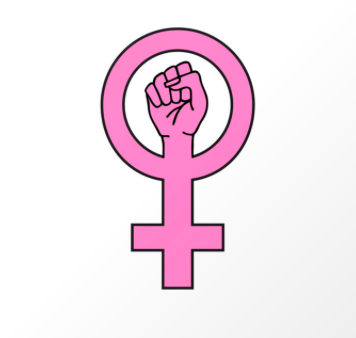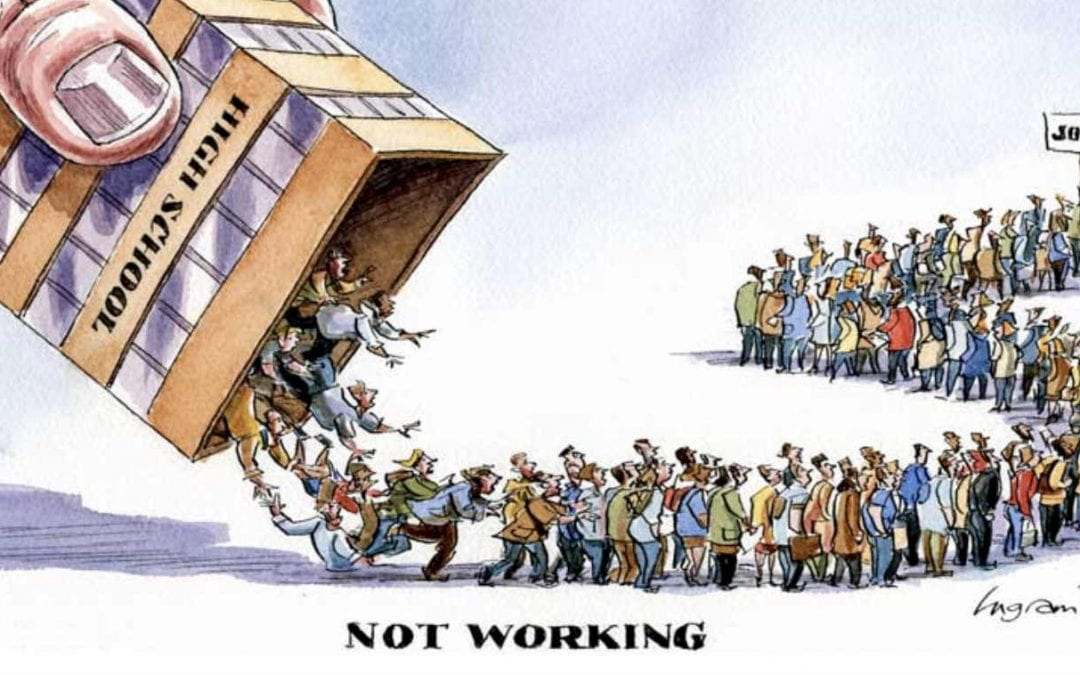
by Ghida | May 5, 2020 | Dashboard, Visualization
Females in the Arab World are always faced with discriminatory situations in a ‘professional environment’. From personal questions in an interview to on-the-job obstacles, something always has to remind us of who we are and how anchored we are to it. It is not very different around the world, however, females have only recently started to break through the notions of the ‘working man’, proving that the only professional difference between them is inside the minds of those who believe it exists.
When I started exploring the World Development Indicators data on Tableau, I could not but stop at the Employment to Population Ratio. So I developed a dashboard visualized below.

As seen on the map, there are big differences in Female Employment to Population Ratios around the world. Looking deeper into the ratios of 2 adjacent but very different cultures, the European Union and Arab Countries – the line graphs to the right -, we can notice the difference in the gaps between female and male ratios. While the Male Employment to Population Ratio is almost the same across both areas, there is a big difference in the female’s numbers, of course affecting the total ratios.
I believe the needed change starts in education – not only that of little girls who need to be equipped by the time they can join the workforce, but also of societies to be welcoming, and supportive of those girls. Many forces enter in this journey, in many cases education is an unaffordable luxury, which is why the intrusion of governments and NGOs is highly needed.
The featured image is from Aptology.

by Mira Dannawi | May 5, 2020 | Visualization
Being a woman has been a very difficult mission from the beginning of humanity till our days, as she faces a lot of obstacles from birth till death. Speaking as a woman and as a human, I consider that gender inequality is a personnel issue that every woman should stand against, asking for equal rights to men. Therefore, I searched for data that can best track the severity of this issue, and found the dataset of the World Bank about genders. Among a set of indicators, I found one indicator that can speak it all, which is the WBL index.
A WBL index is how much a woman scores as man i.e. how much there are laws that support her and treat her equally to men in all the stages of her life: marriage, employment, salary, inheritance, entrepreneurship… Therefore, WBL index is the average score of all these factors, where a score of 100 means that a woman has the same rights as a man. The less this index is, the less women are treated as men.
In this visual, one can see that Morocco has the highest WBL index among all the countries in Arab World, where it has scored 75.6 i.e. a woman in Morocco has three quarters of a man’s rights. Lebanon is lying in the middle, and has scored 52.5 meaning that a Lebanese woman has half the rights of a man. Jordan has the lowest WBL index where it has scored 40.6. However, I tended not to include Saudi Arabia’s status because of the contradicting sources defining its status, but noting that its position in gender equality has improved remarkably after the reforms taken by the government.

In order to reduce this gap between men and women, governments should update their laws to give equal rights for both genders, tackling all the previously mentioned factors: marriage, employment, salary… Moreover, children and parents should be educated that men and women are of equal importance and no gender is superior to the other, given the fact that humanity wouldn’t have continued to exist without the existence of both men and women. Thus, genders should be given equal rights.

by Nourhan Mahmassani | May 5, 2020 | Visualization
Countries face a huge loss due to unemployment. In order to find a solution for unemployment, we searched for the factors causing it. As shown below, gender discrimination, country’s GDP, distribution of jobs among the economic sectors, and educational level have a huge impact on Unemployment.Above,you can alter the regions you want to analyze from using multiple values drop-down.
In Conclusion:
-As GDP increase the Unemployment rate decrease
-Female Unemployment is higher than the males due to gender discrimination in workplace
-Employment rate is higher in the services sectors which mean that there is no equal job opportunities in between sectors causing higher
unemployment
-If the educational level is more advanced, their is lower unemployment rate
Data Source: https://datacatalog.worldbank.org/dataset/world-development-indicators




